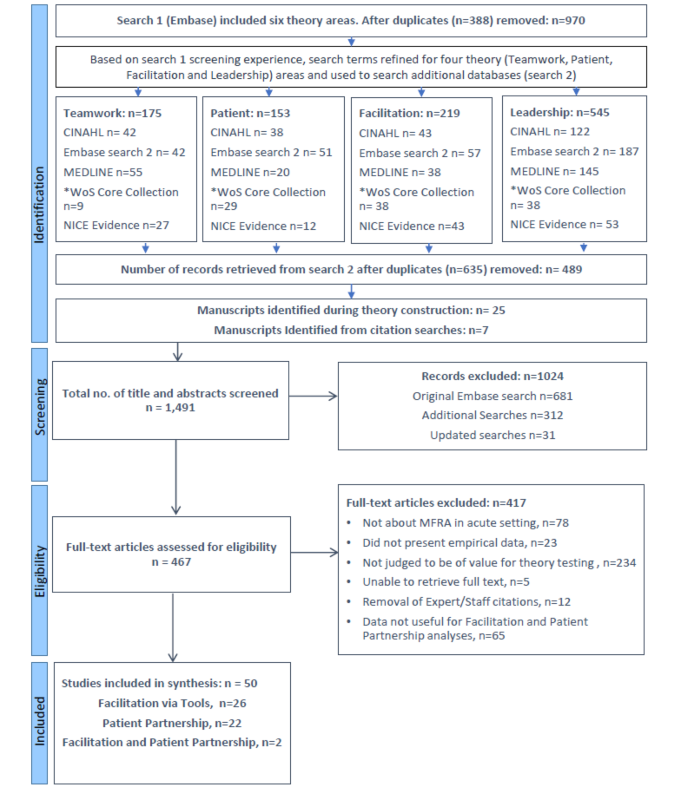Dementia Fall Risk Things To Know Before You Get This
Dementia Fall Risk Things To Know Before You Get This
Blog Article
Unknown Facts About Dementia Fall Risk
Table of ContentsMore About Dementia Fall RiskThe Buzz on Dementia Fall RiskFacts About Dementia Fall Risk UncoveredGetting My Dementia Fall Risk To Work
A loss threat analysis checks to see exactly how most likely it is that you will fall. The analysis usually includes: This includes a series of questions concerning your general health and wellness and if you've had previous drops or issues with balance, standing, and/or strolling.Treatments are recommendations that might lower your danger of falling. STEADI includes three actions: you for your risk of falling for your danger elements that can be boosted to attempt to prevent falls (for instance, equilibrium problems, impaired vision) to decrease your threat of falling by making use of effective techniques (for instance, providing education and sources), you may be asked numerous concerns including: Have you dropped in the past year? Are you fretted about falling?
After that you'll take a seat once more. Your service provider will certainly inspect the length of time it takes you to do this. If it takes you 12 secs or even more, it might suggest you go to greater danger for a loss. This examination checks toughness and balance. You'll sit in a chair with your arms crossed over your breast.
Relocate one foot midway forward, so the instep is touching the huge toe of your various other foot. Move one foot completely in front of the other, so the toes are touching the heel of your other foot.
Facts About Dementia Fall Risk Revealed
A lot of drops happen as an outcome of several adding elements; for that reason, managing the danger of dropping begins with recognizing the aspects that add to fall threat - Dementia Fall Risk. Some of one of the most relevant threat aspects consist of: History of previous fallsChronic medical conditionsAcute illnessImpaired gait and equilibrium, reduced extremity weaknessCognitive impairmentChanges in visionCertain high-risk medications and polypharmacyEnvironmental aspects can also raise the risk for falls, including: Inadequate lightingUneven or damaged flooringWet or slippery floorsMissing or harmed handrails and order barsDamaged or improperly equipped devices, such as beds, mobility devices, or walkersImproper usage of assistive devicesInadequate guidance of the people living in the NF, including those who exhibit hostile behaviorsA effective loss danger monitoring program requires a complete clinical analysis, with input from all participants of the interdisciplinary group

The care plan need to likewise include treatments that are system-based, such as those that advertise a safe atmosphere (appropriate lighting, handrails, get bars, and so on). The efficiency of the treatments should be evaluated occasionally, and the treatment plan changed as required to show adjustments in the autumn danger assessment. Implementing a fall risk management system using evidence-based best practice can decrease the prevalence of drops in the NF, while limiting the possibility for fall-related injuries.
Top Guidelines Of Dementia Fall Risk
The AGS/BGS guideline suggests evaluating all grownups aged 65 years and older for autumn threat annually. This screening contains asking clients whether they have fallen 2 or more times in the past year or looked for clinical interest for a fall, or, if they have not fallen, whether they really feel unsteady when walking.
Individuals that have dropped once without injury must have their balance and stride examined; those with stride or balance abnormalities ought to get additional analysis. A background of 1 autumn without injury and without gait or balance problems does not call for further evaluation past ongoing yearly fall threat screening. Dementia Fall Risk. A loss risk evaluation is called for as component of the Welcome to Medicare assessment

Some Of Dementia Fall Risk
Recording a falls background is among the high quality indications for loss prevention and management. An important part of threat analysis is a medication evaluation. Several courses of medications boost fall danger (Table 2). Psychoactive medications in particular are independent predictors of drops. These medications have visite site a tendency to be sedating, modify the sensorium, and hinder equilibrium and gait.
Postural hypotension can frequently be minimized by minimizing the dosage of blood pressurelowering medicines and/or quiting drugs that have orthostatic hypotension as a negative effects. visit our website Use above-the-knee support hose and copulating the head of the bed raised may also minimize postural reductions in high blood pressure. The advisable components of a fall-focused physical examination are revealed in Box 1.
.png)
A pull time higher than or equal to 12 secs recommends high loss danger. The 30-Second Chair Stand test assesses lower extremity toughness and balance. Being not able to stand from a chair of knee height without utilizing one's arms suggests boosted loss danger. The 4-Stage Balance examination examines fixed balance by having the patient stand in 4 positions, each considerably much more difficult.
Report this page